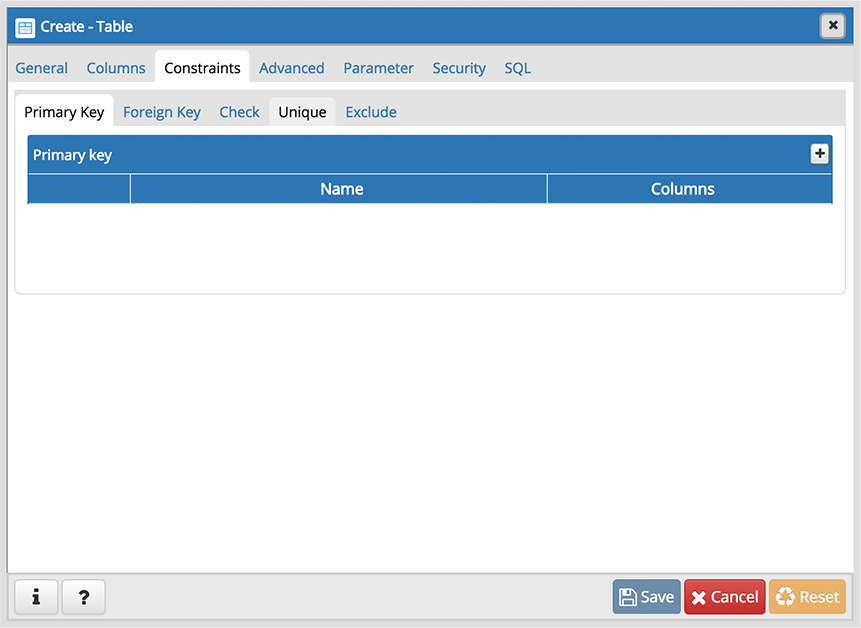

IN -send values to function,OUT - get values from function and INOUT - does both. Argument modes OUT and INOUT cannot be used with the RETURNS TABLE notation. If we don’t specify argument mode, then it will take IN by default. In PostgreSQL, we have three argument modes: IN, OUT, and INOUT. Insert a few records: insert into test values (1,'’) Ĭheck the data: postgres=# select * from test Ĭreate a table: Create table test(n int ,n1 date)

Please refer to the PostgreSQL documentation for more information on CREATE FUNCTION. Specify the procedural language-in our case, plpgsql. End keyword signals the end of the block.Ħ. Begin signals that the block has started.ĥ.

Return type of the function-e.g., int, text.ģ. ’fun_name’ is the user-defined function name, and p1 and p2 are the parameters.Ģ. CREATE FUNCTION fun_name(p1 type, p2 type)ġ. These are the parts of the CREATE FUNCTION statement:ġ. Please refer to the PostgreSQL documentation for more information on functions: Please refer to the PostgreSQL documentation for more information on procedures: The CALL command is used to invoke a procedure. PostgreSQL started supporting procedures with version 11. The difference is that functions always returns a value, whereas procedures do not return a value in procedures we can also perform COMMIT and ROLLBACK commands and new transactions.Ĭreate a procedure: postgres=# create procedure pro()Įxecute the procedure using a CALL statement: postgres=# call pro() įollowing the steps in the procedure, the table has been created and one record inserted, but the DELETE transaction has been rolled back due to the ROLLBACK command. User-defined functions are similar to procedures. This should should throw an error: postgres=# select func2(9) ĬONTEXT: PL/pgSQL function func2(integer) line 1 at COMMIT Insert into table_name values (col1,col2,function_name()) Ī drawback of user-defined functions is that the user cannot run a transaction in a function-i.e., the user cannot perform COMMIT or ROLLBACK.Ĭreate a function using a COMMIT statement in the body: postgres=# create or replace function func2(n int)Įxecute the function using a SELECT statement. Select * from table_name where col_name=function_name() Select col1, col2, function_name() from table_name Places in a SQL expression where user-defined functions can be used:
#Pgadmin 4 create composite key code
Once the function is compiled the code can be reused over and over again. User-defined functions and procedures are simply blocks of SQL statements that perform some task.

It allows us to perform more complex tasks, such as easy computation, as compared to SQL, and also makes use of loops, functions, procedures, and much more. We will use the PL/pgSQL procedure language here. PL/pgSQL is the procedural language that comes by default with PostgreSQL. In PostgreSQL, there are various procedural languages such as PL/pgSQL, TCL, Python, and Perl that are referred to as stored procedures.
#Pgadmin 4 create composite key how to
In this post, We are going to see how to develop user defined function in PostgreSQL stored procedures. It introduces user-defined functions and gives examples of their use in different scenarios: SUMMARY: This article covers how to create user-defined functions using PL/pgSQL procedural language in PostgreSQL.


 0 kommentar(er)
0 kommentar(er)
